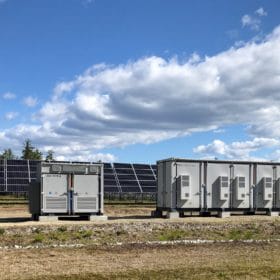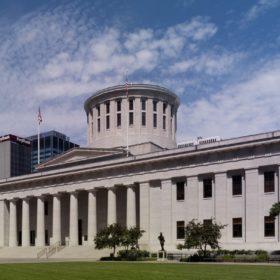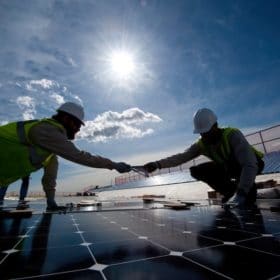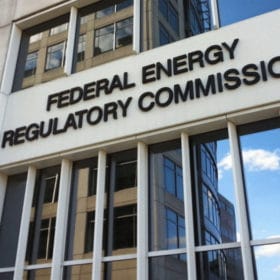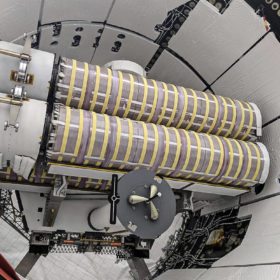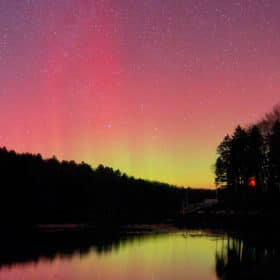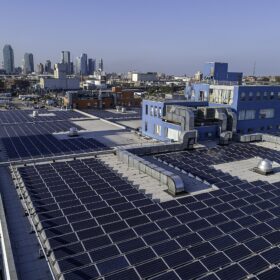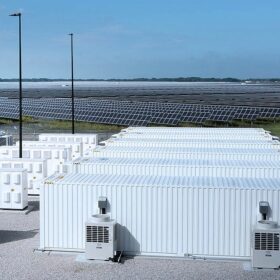We need interconnection reform to unlock the benefits of energy storage
Outdated interconnection policies remain a significant barrier to unlocking the full value of energy storage on the distribution grid. Here’s how to fix it.
California explores real-time retail pricing to enable more renewables
Widespread demand flexibility is seen as vital for California to reach its renewables goal. Real-time electricity pricing is one tool being considered.
Ohio Senate passes bill giving communities power to stop new renewable projects
SB 52 would allow county commissions to put potential utility-scale projects to a community vote.
Sunrise brief: With PPAs in hand, Duke unit starts work on 250 MW Texas solar project
Also on the rise: Clean Power Alliance approves PPAs for hundreds of megawatts of solar and storage, and Distributed Solar Development buys a solar array that serves an oilfield’s operations.
‘Anti-solar’ bill fails in California state assembly vote, putting it to rest… for this year
Assembly Bill 1139 was panned by solar and clean-energy advocates and fell short on two votes to advance. It could be reintroduced in January, however.
FERC opens the door for solar advocates to take Alabama regulators to court
The Commission declined to grant an enforcement action petition against state regulators that allowed Alabama Power to institute a punitive solar charge, instead allowing the petitioners to take the fight into their own hands in court.
Sunrise brief: Watch how this solar array will boost the International Space Station’s power capacity
Also on the rise: Intel will work with EIC to develop long-term energy storage approaches for data centers, and while 2020 was a downer for most of us, renewables did very well.
Agilitas acquires New England Battery Storage, Maine battery portfolio
The portfolio includes a 5 MW/10 MWh front-of-the-meter battery system and brings Agilitas’ total solar and storage development pipeline over 300 MW.
Solar and wind gain, prices fall as PJM auction secures future capacity
The delayed auction produced a price of $50/MW-day for much of the PJM footprint and saw an increase in cleared capacity for solar and wind generation.
Solar 101: The obvious… and not so obvious… state solar incentives
Here are three tools to help you navigate the sometimes-complex array of state incentives for your rooftop solar project.
